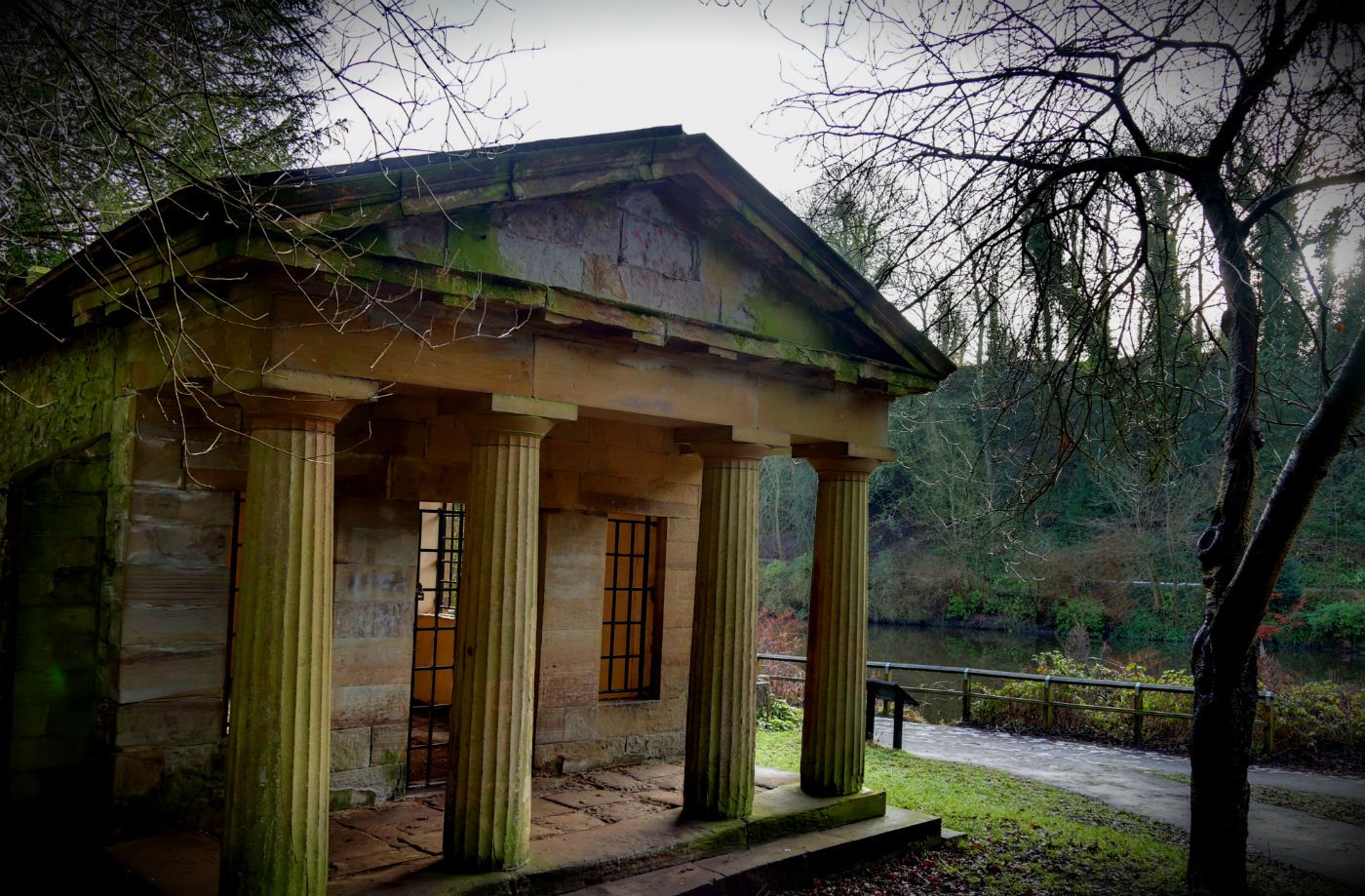Sat on a quiet corner of Durham's tranquil riverside walk, visitors might be surprised to find a grand - if rather diminutive - stone temple-like building: the Little Count's House.
Turn left off the main path as you reach Prebends Bridge on the peninsula side and you'll find the Count's House as you descend the slope, past the St Cuthbert's College tennis court on your left.
While the Count's House blends naturally into the trees and grass of its riverside setting, a miniature country house complete with Grecian columns isn't something you're expecting to come across.
So what is the Little Count's House?
Durham Count's House is actually a folly - a building erected for the sole purpose of looking nice in a rural setting and usually made to look like a forgotten piece of history. The Georgians and Victorians were great ones for building follies, and you'll often find miniature mock medieval ruins and classical temples in the grounds of country houses. The Count's House folly was built by the Dean and Chapter of Durham Cathedral in about the 1820s.
Of course, I say that follies have no other purpose, but they did sometimes serve as a place to rest, take tea or as a hunting lodge; the Count's House was sometimes used as a summerhouse.
Why's it called the Count's House then?
The Count's House is named after 'Count' Joseph Boruwlaski, who lived from 1739 to 1837. Originally from Poland, he lived and died in Durham. His house was Bank's Cottage - formerly known as Callamanco Hall, which was next door to what is now the Durham Little Count's House.
And who was this Joseph Boruwlaski?
Joseph Boruwlaski was a Polish entertainer and dancer. Standing at three feet three inches tall, he performed for royalty across Europe, including Marie Antoinette. It's not clear whether he was actually a Count, but his parents seem to have at least been well-to-do people who had fallen on hard times. He was, however, looked after at one point by Countess Humiecka, who gave him his 'in' with the kings and queens of Europe. When he fell on hard times he was also given an allowance by the King of Poland, until he began earning from touring again.
What's he got to do with Durham then?
He was invited to live at Bank's Cottage by Thomas Ebdon, Durham Cathedral organist, after a life of touring and entertaining. He actually spent the last 46 years of his life in Durham and fell in love with the city, dying aged 97. He was buried in Durham Cathedral and you can see some of his effects in Durham Town Hall.
Joseph Boruwlaski didn't actually live in the Count's House though, right?
No...but as I said he did live very close by. His actual house is long demolished, but you can find where it was; it's where the tennis courts are now that you walk past from the Prebends Bridge path.
And just because he lived elsewhere, it doesn't mean that the Count's House wasn't occupied. Despite being built as a folly, at least two families are recorded as living there over the decades. In 1881, while it was owned by Miss Charlotte Wooler of 9 South Bailey, it was known as 'Miss Wooler's Garden Cottage' and a family of seven lived in the Count's House. Another family used it as a business, living there and running it as a cafe selling refreshments to walkers.
